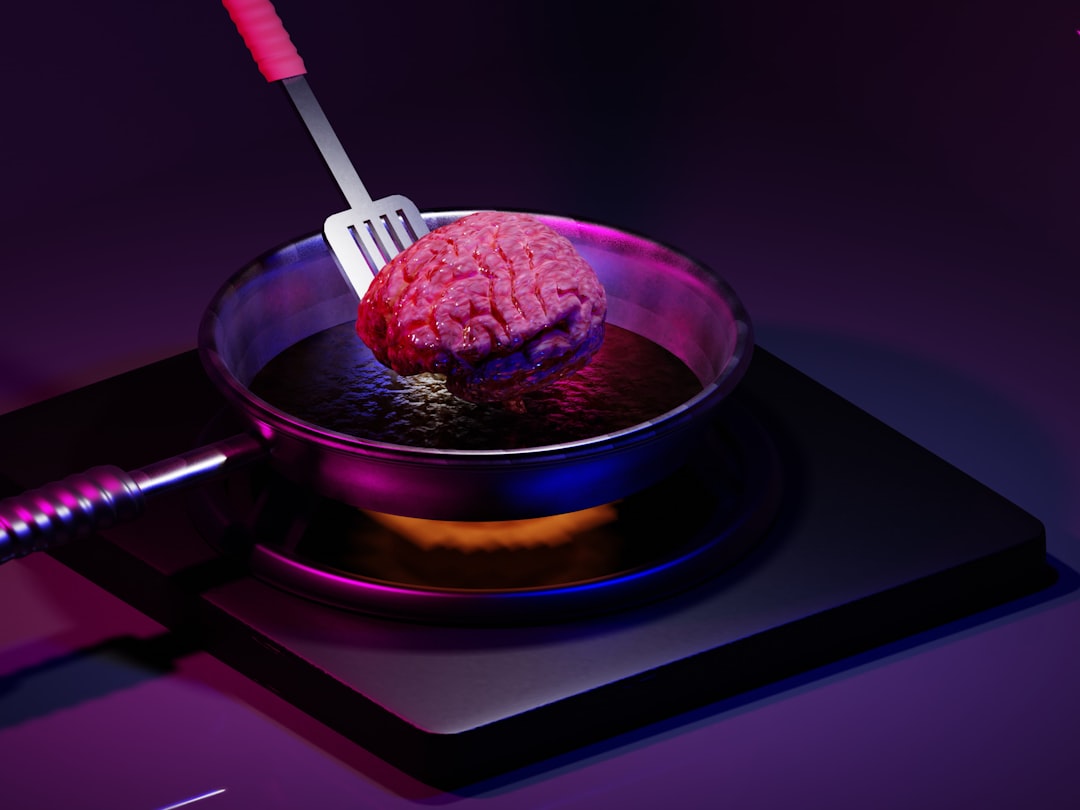What is it about?
The properties of cadmium sulfide (CdS) nanoparticles generated in the aqueous phase by adding a specially obtained maleic anhydride/styrene copolymer and polymers with different electrical charges - like alginate, chitosan, carrageenan, and polyvinyl pyrrolidone - were improved in order to reduce their toxicity. The cytotoxic effect of CdS semiconductor nanoparticles coated with polymers on cultures of Vero cells was investigated. CdS semiconductor nanoparticles were synthesized and stabilized in aqueous-polymeric system by mixing cadmium nitrate with sodium sulfide into aqueous polymeric solution, with nitrogen gas bubbled throughout the system. The fluorescence properties of nanoparticles depend on the nature of capping polymer. Transmission electronic microscopy gives the information about the size and size distribution of the nanoparticles. The computed size diagrams of CdS nanoparticles have different frequency depending of the used polymer. The nanoparticles coated with polymers presented low toxicity against cultures of Vero cells for a determined period of time. The toxicity diminished up to 10 times by covering the semiconductor nanoparticles with polymers.
Featured Image
Read the Original
This page is a summary of: Improving the Properties of CdS Nanoparticles by Adding Polymers, Particulate Science And Technology, April 2011, Taylor & Francis,
DOI: 10.1080/02726351.2010.494707.
You can read the full text:
Contributors
The following have contributed to this page










